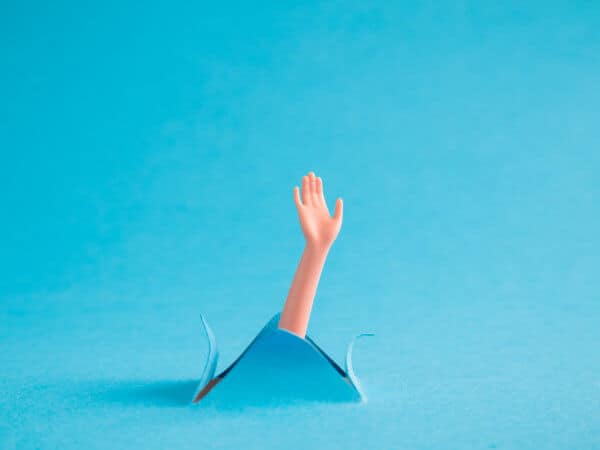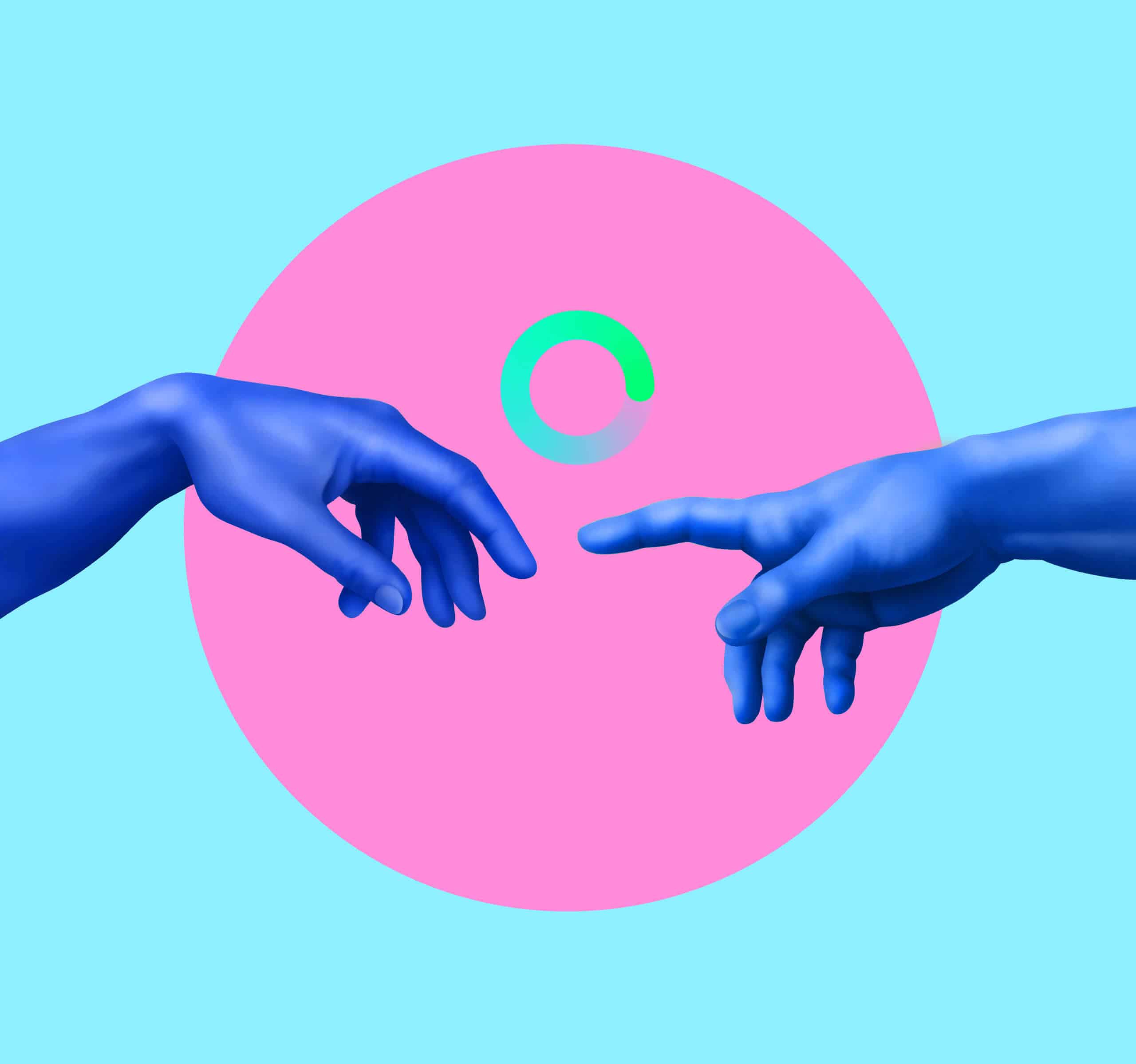Happiness and creativity feed each other in a never-ending cycle of fulfilment. Creativity has immense power to turn your mood around, even impacting your relationships and outlook in general on life. Countless scientific studies conducted by behavioural scientists point to the strong link between creativity and happiness, reporting that creativity produces positivity and fulfilment feelings.
Happiness and creativity feed each other in a never-ending cycle of fulfilment. Creativity has immense power to turn your mood around, even impacting your relationships and outlook in general on life.
Countless scientific studies conducted by behavioural scientists point to the strong link between creativity and happiness, reporting that creativity produces positivity and fulfilment feelings.
The Key to Happiness
These resulting feelings catalyse further creativity, resulting in an endless cycle where happiness and creativity spark each other.
For people whose job involves intense creativity to be successful, pleasure or personal fulfilment may come more easily.
For those of us with jobs that feel redundant day after day, we’ll have to work a little bit harder to carve out opportunities for creativity.
Obstacles to Creativity
Shouldn’t this phenomenon between creativity and happiness seem like common sense?
For many of us, the link isn’t so obvious, especially for those living in societies where productivity and accomplishment trump the search for creativity or personal fulfilment.
For many of us, opportunities for creativity escape us, while pressing tasks and needs for productivity in the form of work, school, or family life step firmly in the way.
For those who have the added challenge of living with mental health issues such as depression, bipolar disorder, anxiety, or others, taking time for creativity may be especially important but equally neglected.
What Creativity Does
Creative acts, no matter what they are, spark the part of our brain that triggers further creativity and non-routine thinking or ‘thinking outside the box’.
The opposite — stress triggers our fight or flight response which causes the brain to shut down the areas responsible for creativity and innovation.
When we experience too much stress day to day (work, family obligations, school, mental health issues, etc.), the areas of our brain responsible for well-being and positivity have little chance to shine.
The inundation of stress and anxiety day after day leaves us feeling drained and depressed.
By simply removing some of the stressors in your life, or at the very least, managing them more effectively, you can make room for creativity.
How Do You Become Creative?
You don’t have to be the next Leonardo Da Vinci to practice creativity.
Even if you consider yourself a reasonably uncreative person, plenty of opportunities to create will present themselves if you take a little time to look.
Unlike other ways we use to decompress that are passive or substance-dependent, such as watching TV, drinking, or eating, creative tasks activate our mind’s areas and get mental juices flowing.
Some of these mental juices include hormones like serotonin that give us that happiness or fulfilled feeling.
The only way to become creative is to participate in creative activities, which is much easier than you may think.
Simple tasks like planning a vacation, redecorating your bathroom, or writing a note to a friend can all be creative, believe it or not!
So, don’t be intimidated by the thought of being creative.
Start simple and move up from there.
What you choose to do doesn’t matter. What matters is that your brain is activated in ways that release those hormones responsible for feelings of content, happiness, and fulfilment.
Combating Mental Illness with Creativity
In the typical functioning brain, creativity can become stifled by other processes such as productivity, predictable routine, and reactions to stress.
Stress, in particular, shuts down the parts of the brain temporarily that are responsible for creativity and happiness.
If you experience stress too much, the effects on your mind can be profound.
For those living with mental illness, exercising your mind through creative tasks is especially important to combating stress.
People with mental health issues must work a little harder to keep the creative part of the mind active so that the parts of the mind responsible for “fight or flight” due to stress don’t dominate.
Again, it doesn’t take much to be creative, just a desire and a small step in the right direction.
Examples of Creative Acts
Creativity can come in tiny packages, or it can be a large part of one’s professional or personal life.
If you have a naturally creative job, then you’re one of the lucky ones who get paid for being creative.
For many others, finding opportunities for creativity may be a little more challenging. Here are some areas you can explore to see your creativity.
Home Improvement
That’s right. Home improvement projects can be very creative.
For example, suppose your bathroom needs updating.
In that case, you’ll have to refer to some sources of bathroom remodel inspiration, engage your imagination, and select components you feel will give your bathroom a new look you envision for it.
These tasks all involve creativity.
Writing
Writing of all kinds, including letter-writing, journaling, free-flow writing, poetry, story writing, and more, engages the creative parts of the mind.
Any form of self-expression that requires you to construct and translate your thoughts to paper is a creative process.

DIY Crafts
The DIY craft market is huge because so many people experience all the benefits of DIY-ing.
Whether you’re transforming an old dresser into something beautiful or scrapbooking your children’s milestone moments, DIY crafting as a process is highly creative, regardless of the final product.
Music
Whether you’re listening to music, learning how to play music, practicing your favourite instrument, composing music, or playing in a group, you’re engaging your mind in a highly creative process.
Music is one of the best ways to stimulate your mind and produce those valuable serotonin hormones.
Visual Arts
Visual arts of all kinds, including painting, sculpting, sketching, designing, digital drawing, etc., are highly creative acts. It does not matter how good of an artist you are.
Even a simple doodle on the margins of your paper is a creative process that sparks feelings of content and happiness.
Dance & Physical Activity
Dance is a powerful creative act because it challenges both your mind and your body.
Likewise, any physical activity that gets your body moving indoors or outdoors releases serotonin and endorphins responsible for feelings of happiness and fulfilment.
Photos: Shutterstock
How to take care of your mental health during the pandemic?
Support us!
All your donations will be used to pay the magazine’s journalists and to support the ongoing costs of maintaining the site.
Share this post
Interested in co-operating with us?
We are open to co-operation from writers and businesses alike. You can reach us on our email at [email protected]/[email protected] and we will get back to you as quick as we can.










